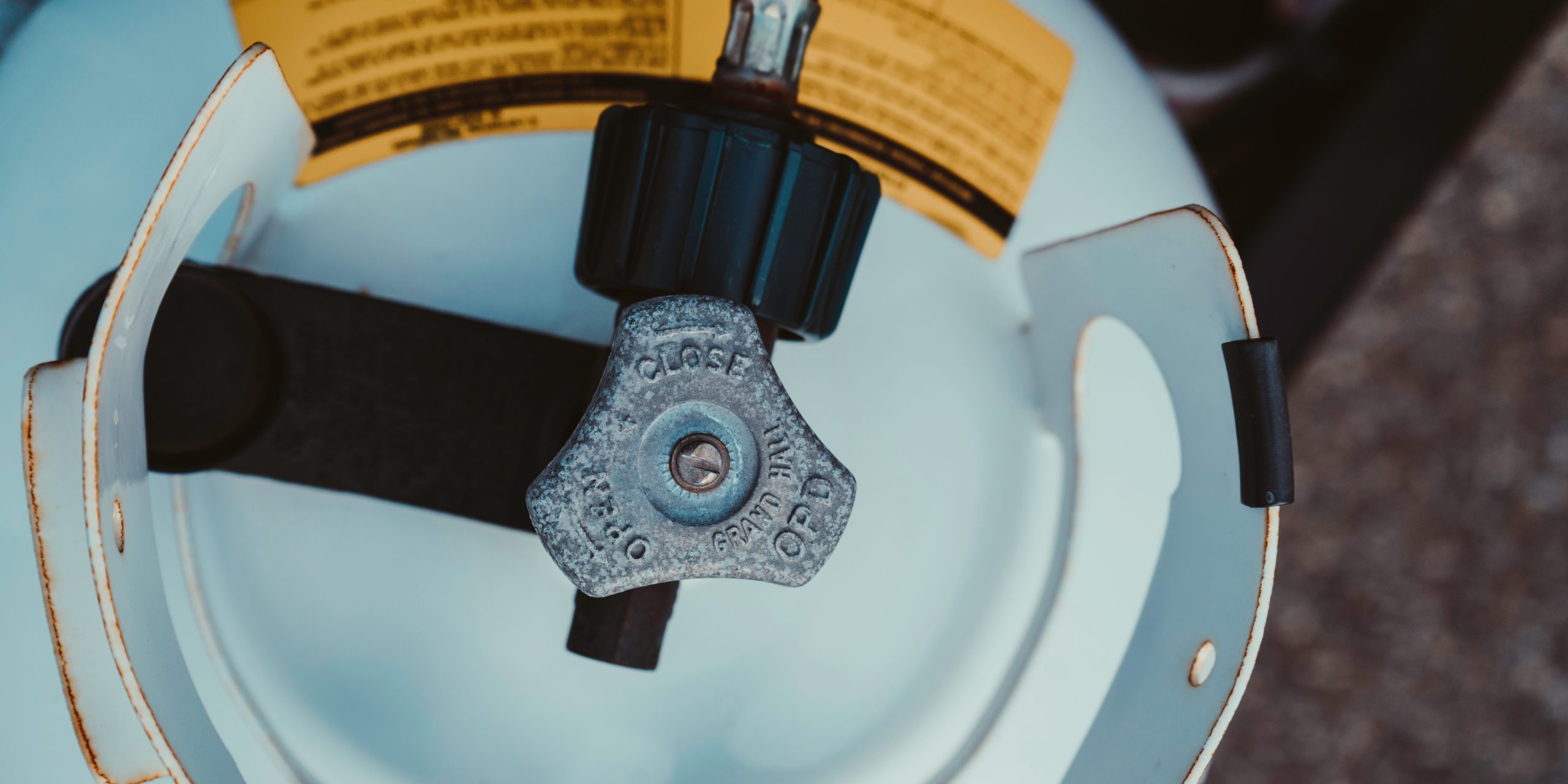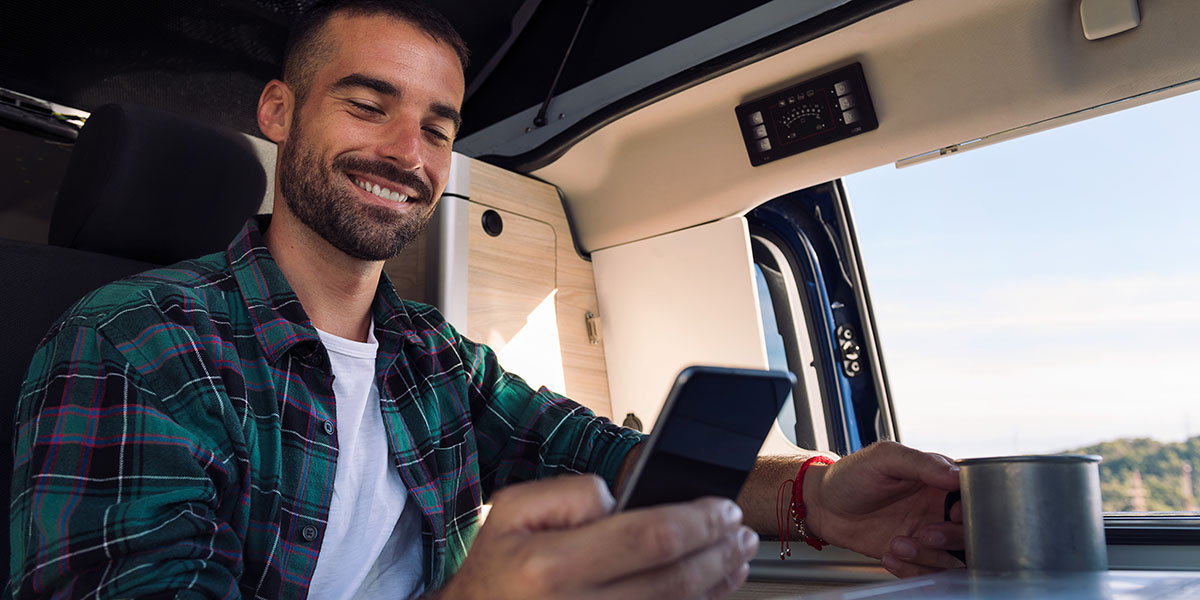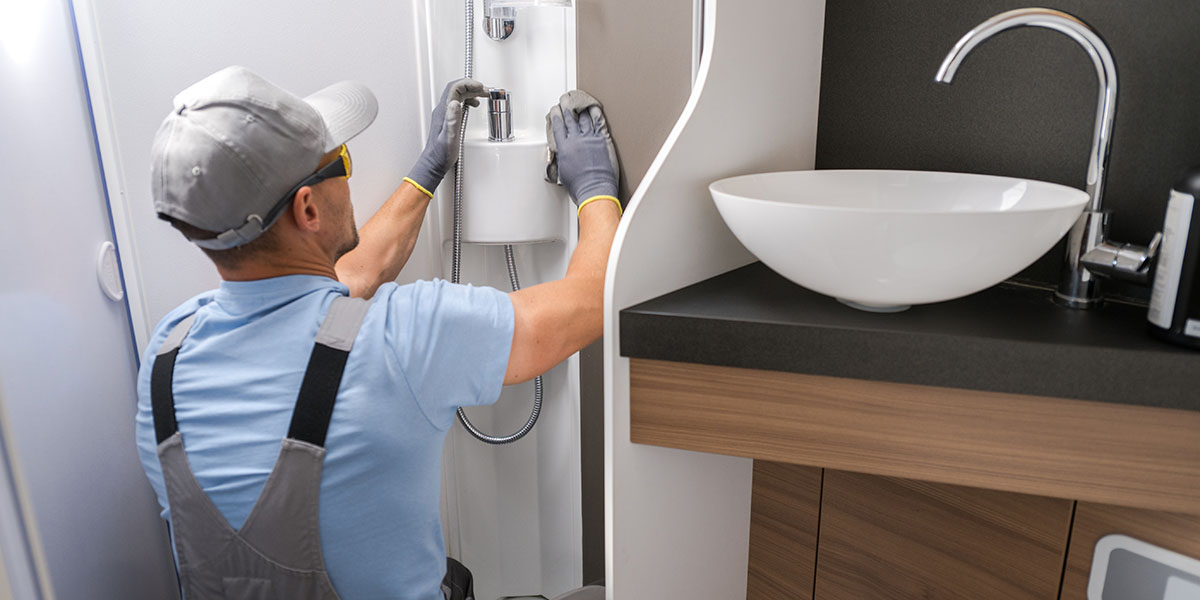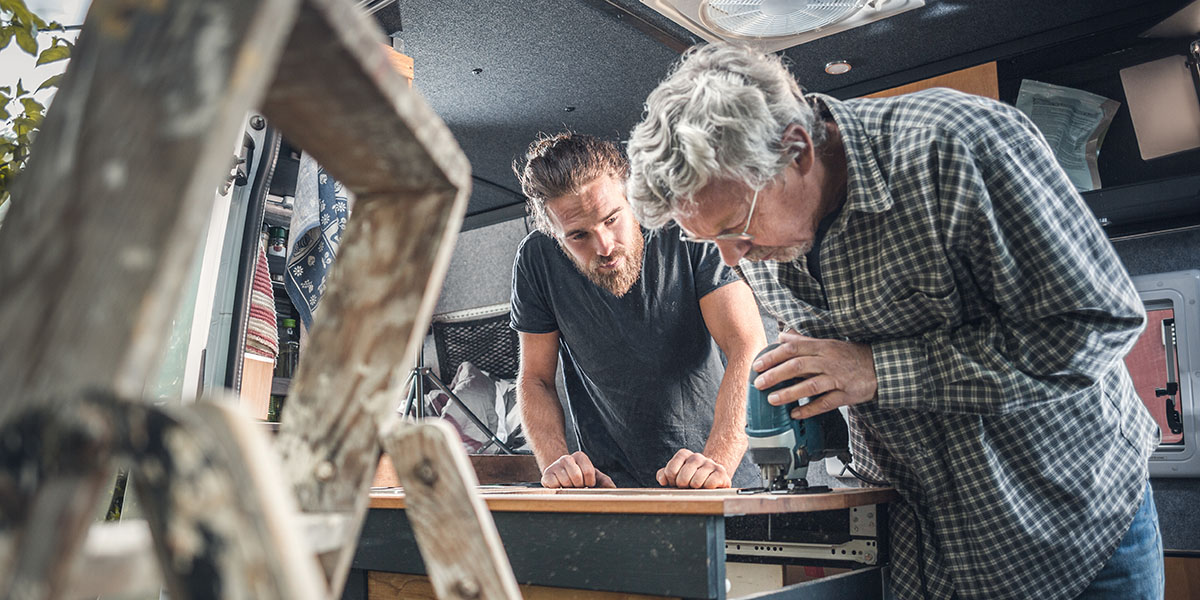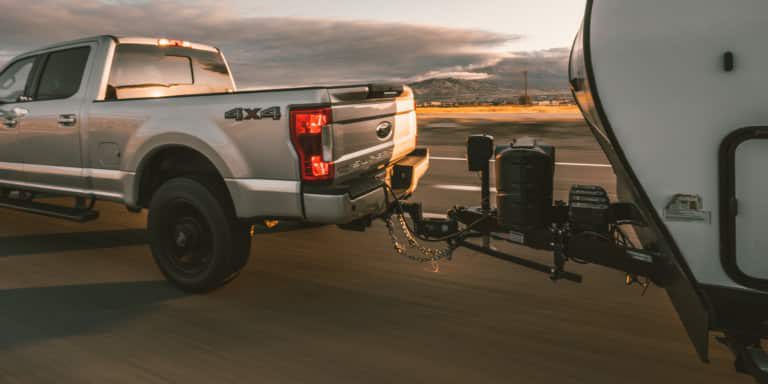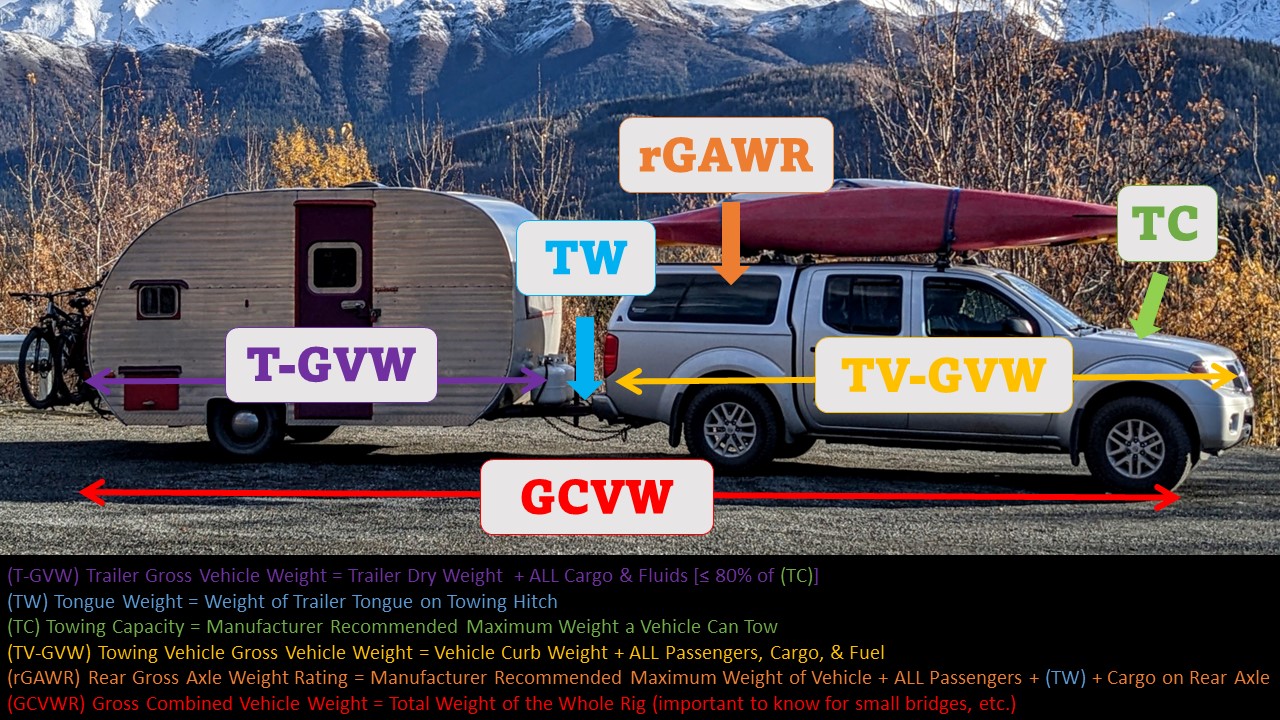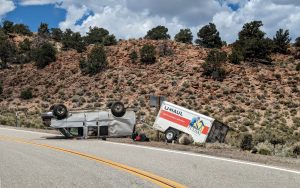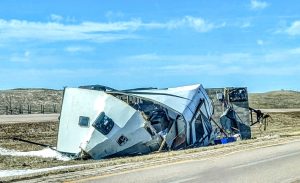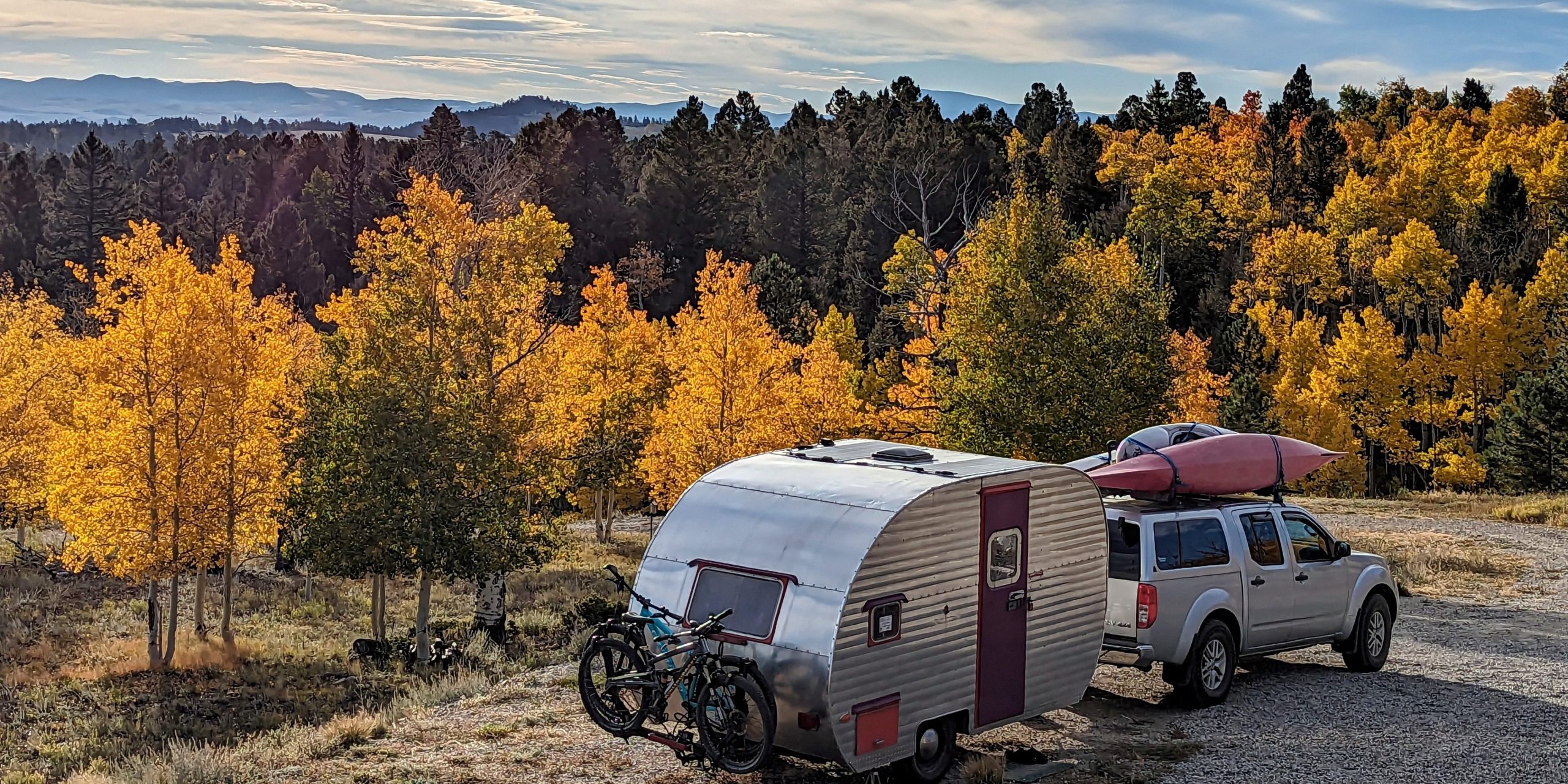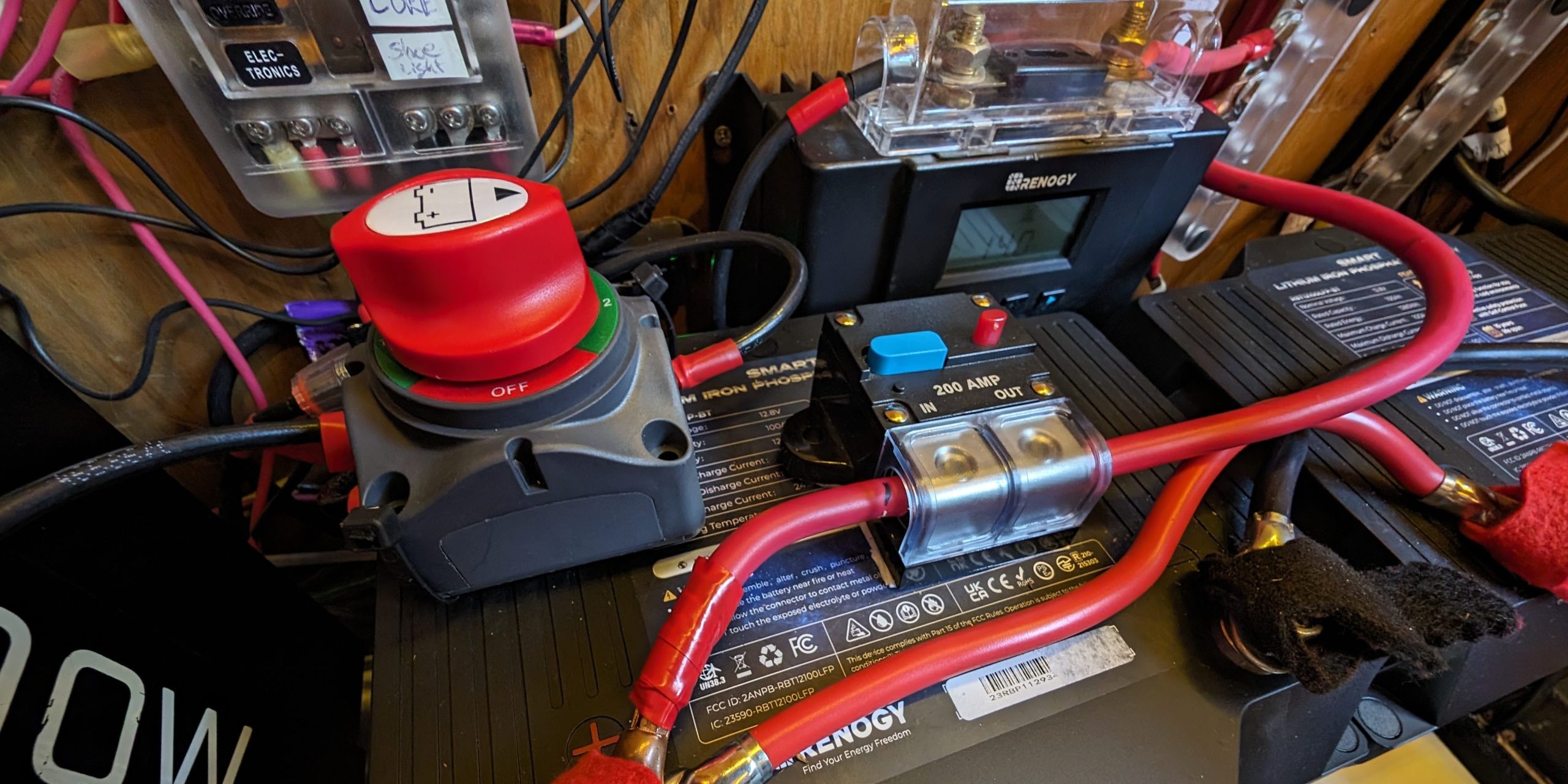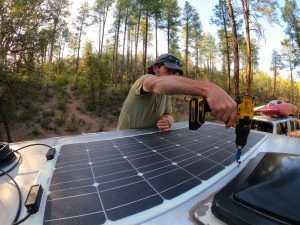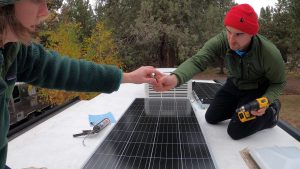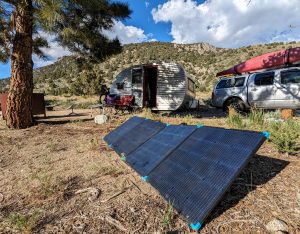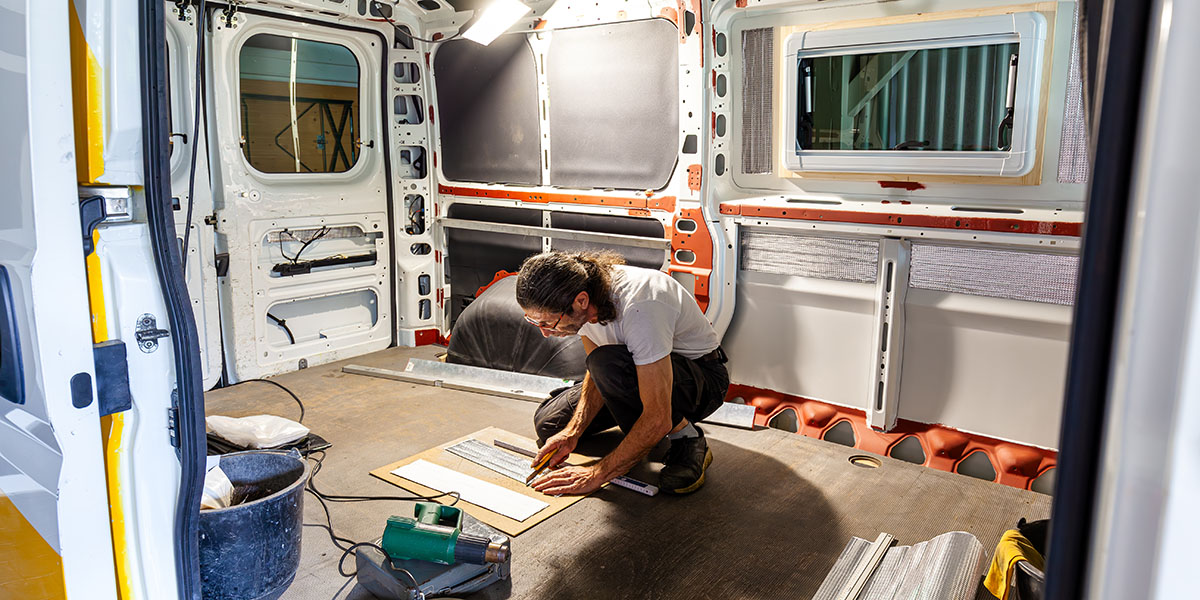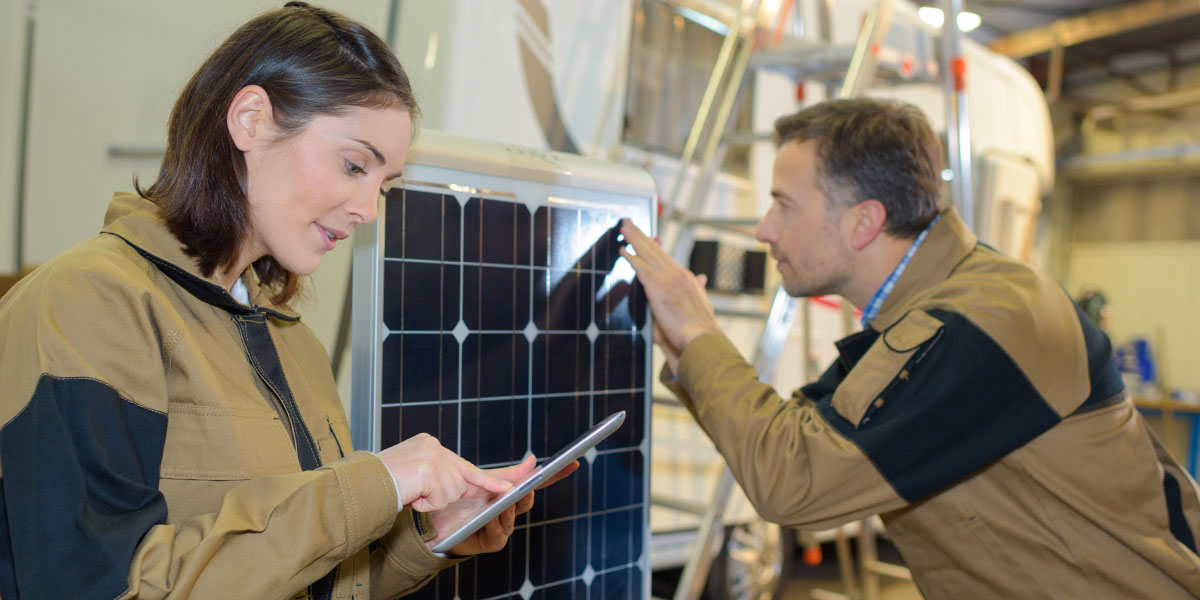My wife and I have purchased four different RVs with four different experiences, and it’s always a fun but anxious experience. Is this the right one? Are we going to regret this? What are we forgetting? These are all logical questions, because buying an RV is a big investment, and making the right choice can mean the difference between endless adventures and constant headaches.
Whether you’re a first-time buyer or looking to upgrade, asking the right questions when buying an RV is crucial to ensure you get the best value for your money. For that reason, we have created this list of the essential questions when buying an RV. (You know, the ones you don’t want to forget.) That way, your purchase process goes a little more smoothly.
1. When can I have the RV inspected?
Even if you are a veteran of the RV world, things can happen, and you can miss or forget something during your personal inspection or walk-through. For that reason, getting an independent, certified, and experienced RV tech to come and do a full inspection with a detailed write-up and pictures, if possible, is always the best practice.
There were issues with our first RV that could have easily been avoided if we had gotten an independent RV inspection prior to purchase. On the other hand, we had four inspections on four different RVs before we finalized our last RV purchase. The difference was night and day, and we felt way more comfortable and confident when we finally pulled the trigger. Sure, this may be one of the most awkward questions when you’re buying an RV (no one likes to sound distrustful), but it’s so important it really should come first.
Tip: If you request an independent RV inspection, make sure they have no ties to the private seller or dealership you are looking to buy from. Anyone, even an RV dealership, should allow you to have an independent RV inspector come and do a full inspection. If they don’t – run! That is not the RV for you.
2. What’s the RV’s history?
If you’re buying a used RV, knowing its history is vital. Request maintenance records and check for any signs of water damage, mold, or structural issues. Ask about previous owners, how the RV was used, the mileage, and any past accidents or repairs. A well-documented history can give you peace of mind about your purchase.
Tip: It’s helpful to know if the RV was used for full-time living or just occasional trips, as this can affect the wear and tear on the vehicle. Conversely, an RV that has been sitting idle for long periods might have hidden issues like dry rot or engine problems.
3. What’s the fuel efficiency?
Fuel costs can add up quickly, especially on long trips. Understanding the fuel efficiency of your RV, or tow vehicle if you are buying a towable, can help you budget better and make more eco-friendly choices.
Ask about the average miles per gallon (MPG) for the RV if you are buying a drivable, and make sure to confirm it by doing research online. Consider both highway and city driving. Also, inquire about any features that might improve fuel efficiency, such as aerodynamic design or fuel-efficient engines. If you’re considering a motorhome, knowing the fuel type (diesel or gasoline) can also impact your decision based on cost and availability.
If you are going with a towable, do your research on towing capacity of bumper pull versus fifth wheel / gooseneck towing, and then make sure to understand the same basics of fuel type and mileage for your tow vehicle when towing.
Tip: Once you know the MPG, calculate how far you can get on a single fill-up. During our first cross-country trip pulling a fifth wheel, we learned quickly that not only do long travel days add up, but diesel gas isn’t everywhere and adding an external gas tank was a necessity for us.
4. What’s included in the price?
The price tag on an RV can be misleading if you don’t know what’s included. Are you getting all the accessories, or will you need to buy essential items separately?
Ask for a detailed list of what comes with the RV. This should include appliances, furnishings, and any extras like awnings or solar panels. Knowing what’s included can help you budget for any additional expenses.
When buying from a dealership, make sure to see the exact unit you are buying, because a similar looking rig may have several other options included that will add to the price. When buying from a private seller, sometimes they will include hoses, extensions, and extras that can save you hundreds or even thousands of dollars, depending on what you can negotiate.
Tip: Ask if there are any transferable warranties on the appliances or accessories, as this can save you money on future repairs or replacements.
5. How are the tires?
Tires are one of the most critical components of an RV and replacing them can be costly. But not replacing them can be way more costly. Even if the tires look good, they might be past their prime with rot or wear under the surface.
Check the manufacturing date on the tires – most experts recommend replacing RV tires every five to seven years, regardless of tread wear. Ensure the tires are in good condition to avoid unexpected expenses and safety issues. Ask if a spare tire is included and verify if it is in good condition if it is.
Additionally, inquire about recent alignments and whether the RV has been stored on concrete or dirt, as this can affect tire longevity.
Tip: Even if you have newer tires, routine inspections can go a long way. We had some newer tires on our Class B van, but we didn’t check them after some rugged adventures, and a rear blowout really messed up our travel plans and budget.
6. What’s the storage capacity?
Storage is a key consideration, especially for long trips, full-time RV living, or traveling with a large family.
Evaluate both interior and exterior storage options. Check for closets, cabinets, and compartments, and think about where you’ll store essentials like kitchenware, clothing, and outdoor gear, especially if you will be in different climates or terrains during your adventures.
Ask if there are any expandable storage solutions or if the RV can be easily customized to add more storage.
Tip: Space is just one part of the storage equation — don’t forget about weight!
7. What’s the condition of the roof?
The roof is one of the most vulnerable parts of an RV, and a leaky roof can lead to extensive damage all over your rig.
Inspect the roof for any signs of damage or wear, and check if any repairs have been performed. Ask when it was last resealed or maintained. Regular roof maintenance is crucial to preventing leaks and extending the life of your RV. Also, consider the type of roofing material used, as some are more durable and easier to maintain than others.
Tip: Patches can be a sign of previous leaks, and you’ll want to ensure they were properly fixed.
8. What is the bed like?
A good night’s sleep is crucial, especially when you’re on the road for extended periods. RVs usually come with less-than-optimal beds when they are purchased, and mattresses are usually among the first upgrades most RVers make.
Test the bed for comfort and size. If you’re tall, ensure the bed is long enough. Ask if the mattress is included and if it’s of good quality. Lie down on it to test your comfort level. If it isn’t up to your standards, budget for a replacement. Consider the bed’s location and accessibility, especially if you or your travel partner have mobility issues.
Tip: Make sure to ask if it is a custom style bed or one that can easily be swapped out.
9. How does it drive?
From drivable to towable, every RV handles differently, and it’s essential to get a feel for how it drives. A comfortable and safe driving experience is crucial for long trips.
Always take the RV for a test drive. Pay attention to how it handles, brakes, and maneuvers in various conditions. Test it on different road types, including highways and narrow streets, to get a full sense of its handling.
This goes for both drivable and towable options, as your tow vehicle’s capabilities really matter.
Tip: Test the RV’s turning radius, as a wide turn can make it difficult to navigate in tight spaces.
10. What’s the towing capacity?
If you’re buying a towable RV, knowing your towing capacity is essential. You don’t want to discover too late that your vehicle can’t handle the load.
Start by checking the RV’s gross vehicle weight rating (GVWR) and ensure your tow vehicle can safely handle the weight. This information helps you avoid overloading and potentially damaging both your RV and tow vehicle.
Additionally, verify the towing capacity of your current vehicle and whether you’ll need any special equipment, like a weight distribution hitch or sway control. Also, ask about the brake system on the trailer and ensure it’s compatible with your tow vehicle. The same goes for a drivable if you are hoping to tow something behind it.
Tip: Always double-check the weight! We purchased our first fifth wheel and truck combo together, but after a short time we upgraded to a new fifth wheel without checking the weight. And of course, it was too heavy for our truck, which resulted in additional costs to upgrade our towing vehicle.
11. What about the tanks?
The capacity of the fresh, grey, and black tanks goes a long way in determining how long you can stay off-grid without needing to refill. Knowing the state of the water and tank system is extremely important, because leaking or damaged systems can be expensive and messy to fix.
Ask about the size of the freshwater, grey, and black tanks and how long it typically lasts based on usage. Consider your needs for cooking, cleaning, and personal hygiene. Also ask about the type of water heater and its capacity, as this will affect your showering and washing experiences. Additionally, inquire about the availability of an external water hookup and whether the RV has a water filtration system.
Inspect the water and sewage systems, including the tanks and hoses. Check for any signs of leaks or damage around the water tanks and plumbing. It’s also helpful to know the location of the tanks for easy refilling, dumping, and maintenance. Where is everything located and how is the plumbing set up?
Tip: Find out about and understand the weather conditions that your plumbing can withstand – your tank heaters and insulated vs exposed plumbing are a big deal in cold weather.
12. Are there any custom modifications?
Custom modifications can be a double-edged sword. While some can enhance your RV’s functionality, others might complicate repairs or reduce resale value. This can also be one of the easiest questions when buying an RV to forget.
Ask about any custom modifications and why they were made. Ensure they were done professionally and won’t cause issues down the line. This knowledge helps you understand the RV’s unique features and potential quirks. If possible, get documentation or photos of the modification process to ensure it was done correctly.
Also, consider how easy it would be to reverse these modifications if they don’t suit your needs. Custom modifications can sometimes void warranties, so check if this is the case with the RV you’re considering if there is any warranty that can actually be transferred.
Tip: In many cases, if you are not the first owner, then a lot of or all of the warranties are void upon sale or transfer. So verify that as well.
13. What’s the power setup?
Your power setup is a huge deal when it comes to livability and functionality, especially if you want to go off-grid. What are the type and capacity of batteries? Is your rig a 30- or 50-amp setup? Do you have a solar package and/or a generator? Are there other charging capabilities? These are important for knowing and estimating your power consumption and battery life when off-grid.
Batteries: Ask about the voltage, amperage, and size of your house battery system. If you are purchasing a drivable RV, determine if it is connected to your chassis battery and if so, how.
Amperage: Knowing if your rig is 30- or 50-amp lets you know what kind of cables and hookups to purchase, and it lets you know what you can and can’t run off of your batteries and/or external power sources.
Power sources: Understanding your external power sources like solar, generators, alternators, or trickle charging from a tow vehicle will help you better estimate your ability to go off-grid and how long you can do so.
Tip: Batteries degrade with time and use. Verify the batteries are supplying the expected voltage and current, and hold the correct amount of charge.
Don’t be shy. These questions when buying an RV can save your butt.
Buying an RV is a significant investment, and asking the right questions when buying an RV can help you make an informed decision. (Not to mention saving you a lot of unforeseen heartache down the road.) So don’t be shy. Ask the questions. By understanding the RV’s history, condition, and features, you can avoid common pitfalls and find a home on wheels that meets your needs. Start your search on RV Trader.
